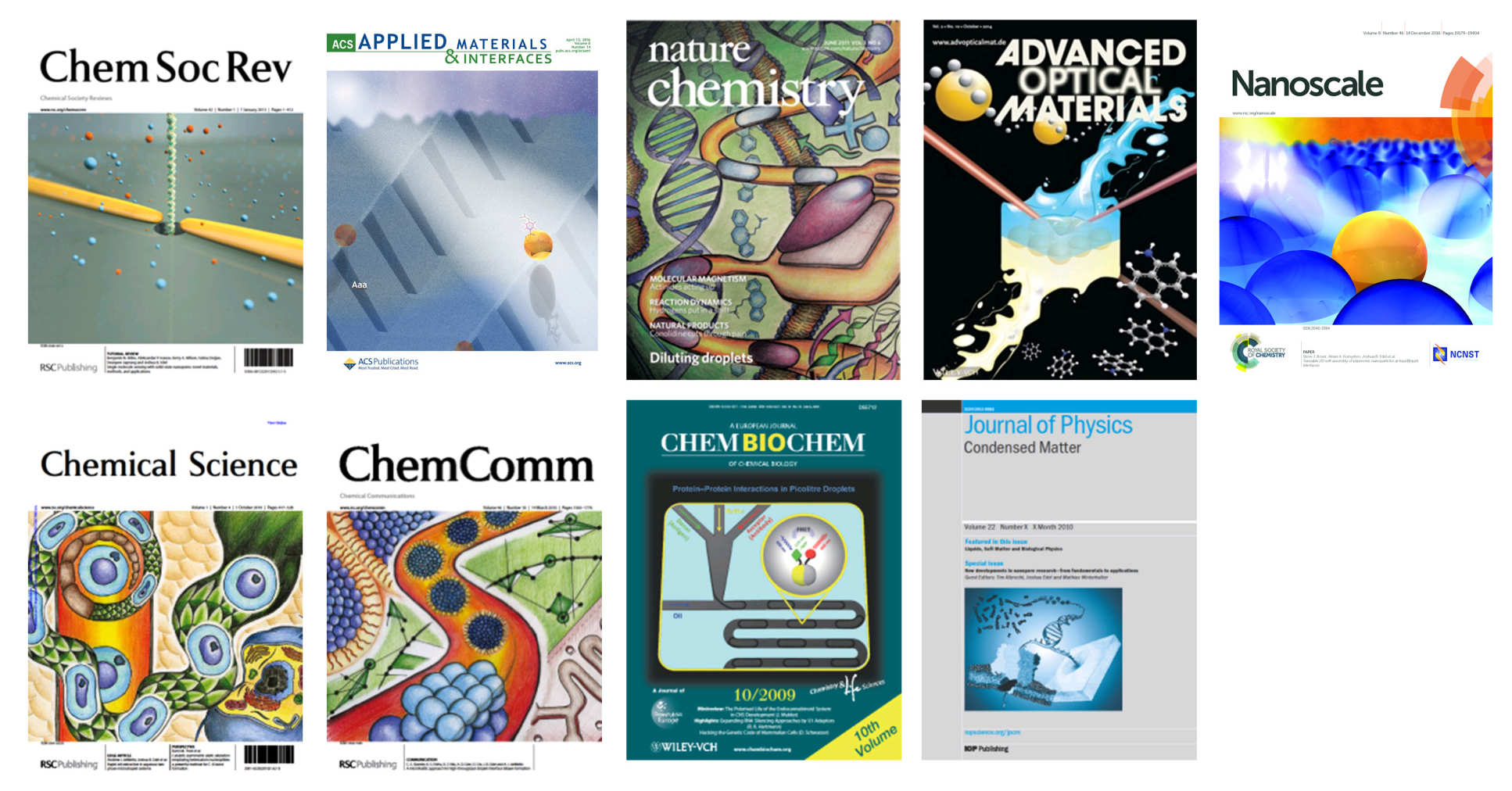
Edel Group
Single molecule biophysics, plasmonics, nanopores, diagnostics and biosensors
Analytical Sensors plays a crucial role in today’s highly demanding exploration and development of new detection strategies. Whether it be medicine, biochemistry, bioengineering, or analytical chemistry the goals are essentially the same: 1) improve sensitivity, 2) maximize throughput, 3) and reduce the instrumental footprint. In order to address these key challenges, the analytical community has borrowed technologies and design philosophies which has been used by the semiconductor industry over the past 20 years.
By doing so, key technological advances have been made which include the miniaturization of sensors and signal processing components which allows for the efficient detection of nanoscale object. One can imagine that by decreasing the dimensions of a sensor to a scale similar to that of a nanoscale object, the ultimate in sensitivity can potentially be achieved - the detection of single molecules.
Research activities within the Edel group runs at the interface between chemistry, chemical biology, physics, and medicine in order to improve and develop new classes of sensors based on these principles. As such expertise within our group includes an array of techniques and methods which includes micro and nanofabrication, material processing, surface modification chemistries, semiconductor processing and characterization techniques, confocal microscopy, plasmonics, surface enhanced Raman spectroscopy, and single molecule techniques using both optical and electrical methods.
Videos

Nanoscale Tweezers for Single Cell Biopsies
Published in Nature Nanotechnology 2018

Nanopore Trap
A Single Molecule Nanopore Trap

Pulmonary artery on a chip
Pulmonary artery on a chip (collaboration with Dr Beata Wojciak-Stothard)

Electrotuneable Nanoplasmonic Liquid Mirror
Published in Nature Materials 2017
Published in Nature Materials 2017. Yunuen Montelongo, Debabrata Sikdar, Ye Ma, Alastair J. S. McIntosh, Leonora Velleman, Anthony R. Kucernak, Joshua B. Edel, and Alexei A. Kornyshev (note that the video shown is not in real time and was sped up to show the assembly process - refer to the paper for details)

